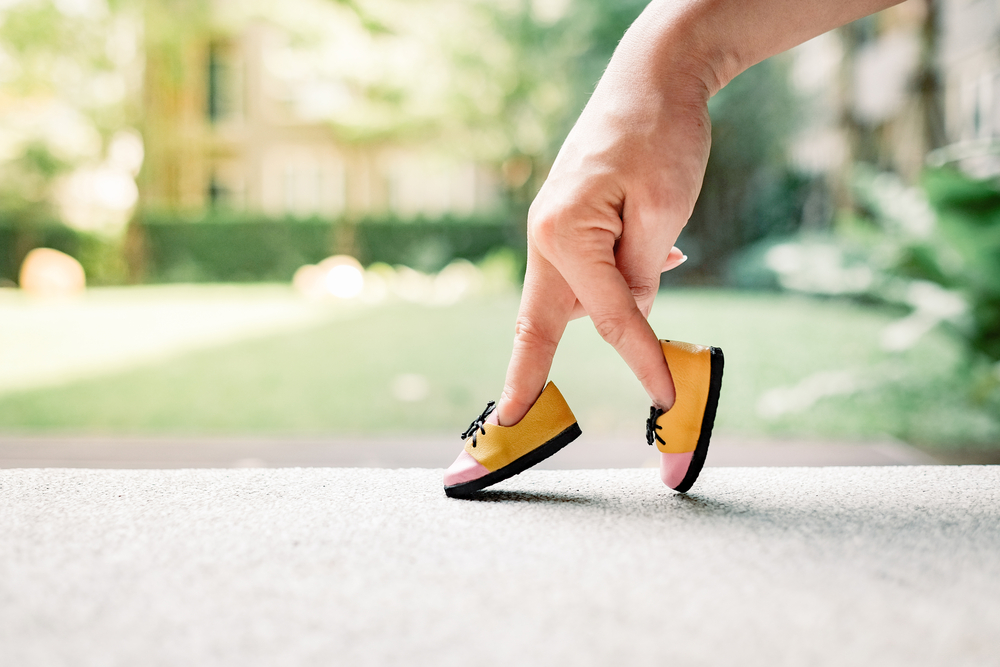Custom-Made Foot Orthoses Reduce Pain, Improve Mobility in EDS Patients, Study Says
Written by |

People with Ehlers-Danlos syndrome (EDS) may see improvements in foot pain, foot functionality, mobility, fatigue, and mental health-related quality of life by using custom-made orthotic foot devices, a new study suggests.
The study, “Custom-Made Foot Orthoses Reduce Pain and Fatigue in Patients with Ehlers-Danlos Syndrome. A Pilot Study,” was published in the International Journal of Environmental Research and Public Health.
EDS is a genetic condition that affects connective tissues that support the joints, skin, blood vessels, and other tissues and organs. One of the major clinical manifestations of EDS is pain, which may be associated with disability and physical and mental health-related quality-of-life impairments. Fatigue also is common in people with EDS.
There are 13 subtypes of EDS recognized by the most current international classification system (2017); foot problems are present in several of them.
Several studies have reported foot pain in people with EDS, along with other problems related to pressure distribution on the foot while standing or walking. Altered walking patterns and postural instability while walking also have been observed in EDS patients.
For the orthopedic management of EDS, a few studies have recommended the use of splints or orthoses/foot arch supports, but no clinical studies have been done to evaluate the effectiveness of such orthopedic treatments in EDS patients.
Now, researchers at the University of Seville, Spain, investigated the effects of custom-made foot orthoses on some EDS-related symptoms, such as foot pain, foot functionality, disability, chronic fatigue, and quality of life.
The study included 36 EDS patients (88.9% were women), with a mean age of 39.6 years. Patients in the study were given custom-made foot orthoses, which were to be used inside their usual footwear for at least seven hours a day for three months.
The majority of the patient group (72.2%) had hypermobile EDS, while 8.3% had classic EDS, another 8.3% had vascular EDS, and 11.1% had an unknown type of EDS.
Results showed that the use of orthoses for three months lessened the intensity of foot pain and the number of days with pain experienced by the patients — from a mean of 5.78 days pre-treatment to 3.08 days post-treatment.
Improvements also were seen in the patients’ foot functionality, mobility, and fatigue.
The reduction in fatigue suggested that “it is important to consider treating pain when attempting to treat fatigue,” the researchers wrote.
The degree of disability also was eased by the custom-made foot orthoses — from 49.4 points to 35 points, as measured in the Foot Function Index.
Regarding quality of life, the data showed that the patients’ mental health-related quality of life also was improved, although the same was not seen for the physical component of quality of life.
“Improving this mental dimension may have been a result of foot pain reduction and foot functionality improvement, with a consequent enhanced sense of well-being,” the researchers wrote.
Overall, “the use of custom-made foot orthoses for 3 months improved foot pain disability related to foot pain, foot functionality, fatigue, and mental health-related quality of life in the patients with EDS,” the team concluded, adding that “this study could contribute to the inclusion of foot specialists in multidisciplinary teams who can try a new approach for patients with EDS.”
Further studies are needed, however, to confirm these findings and “improve the general understanding of EDS and help symptoms management and disability prevention,” the researchers wrote.




